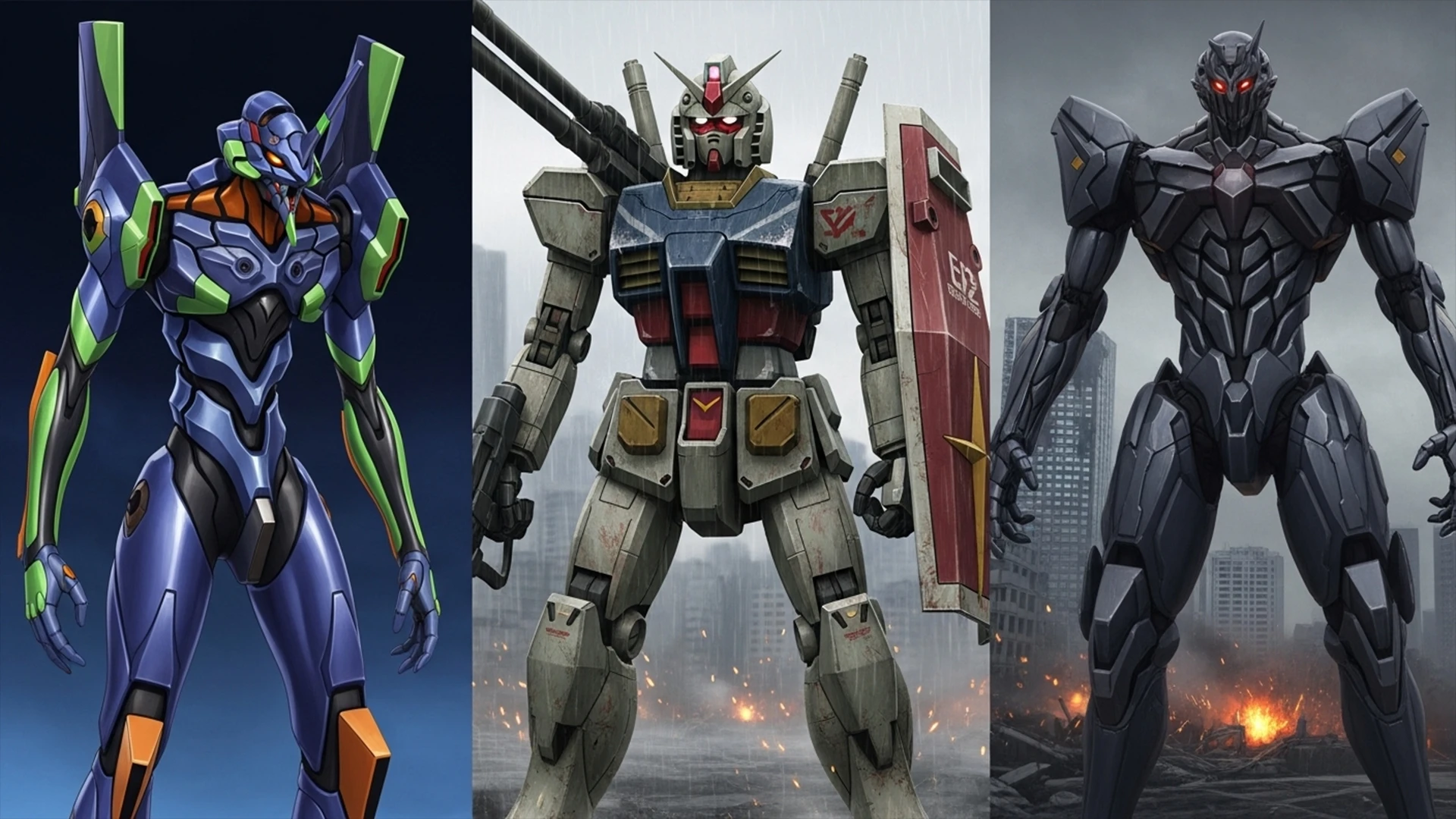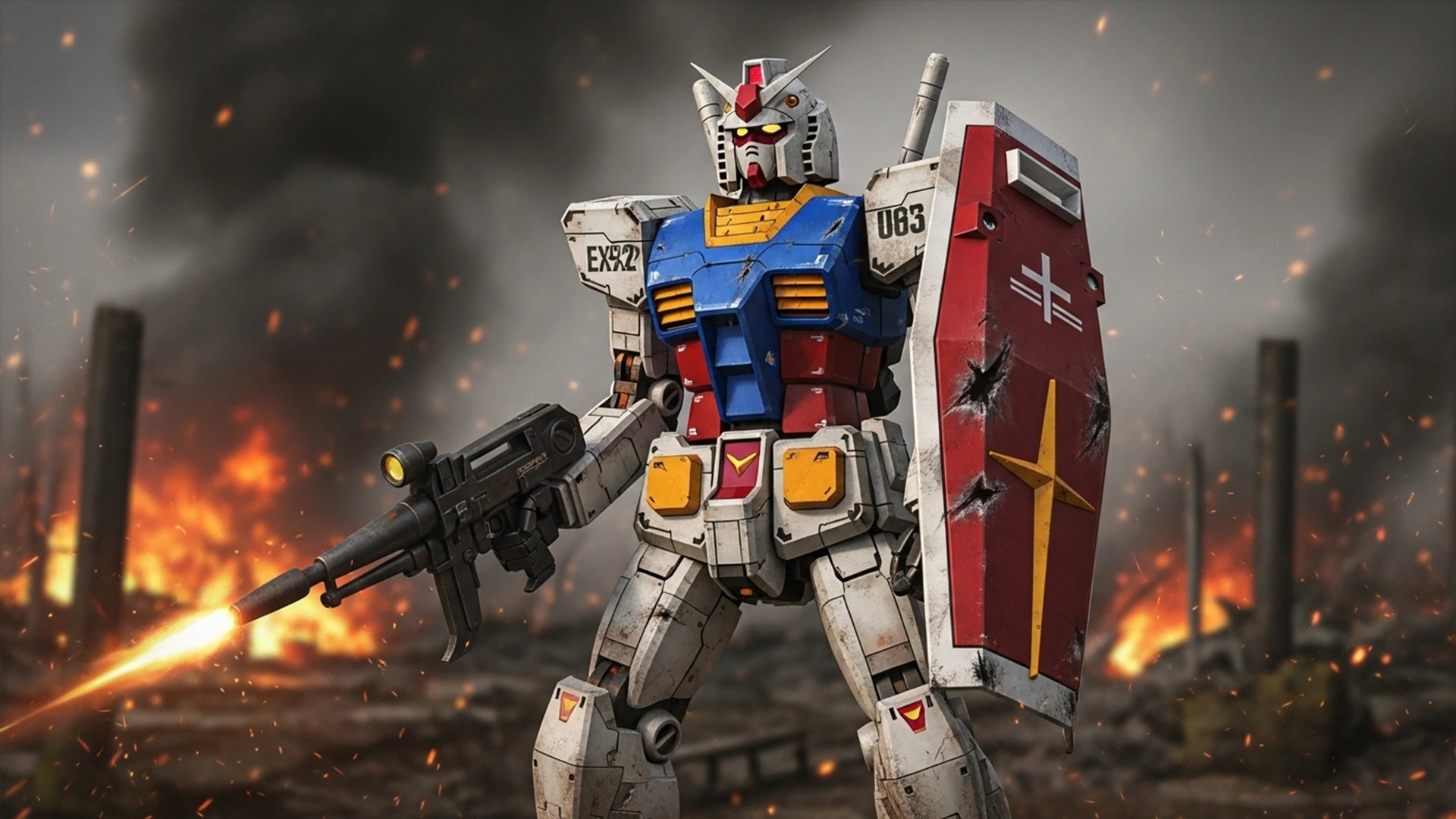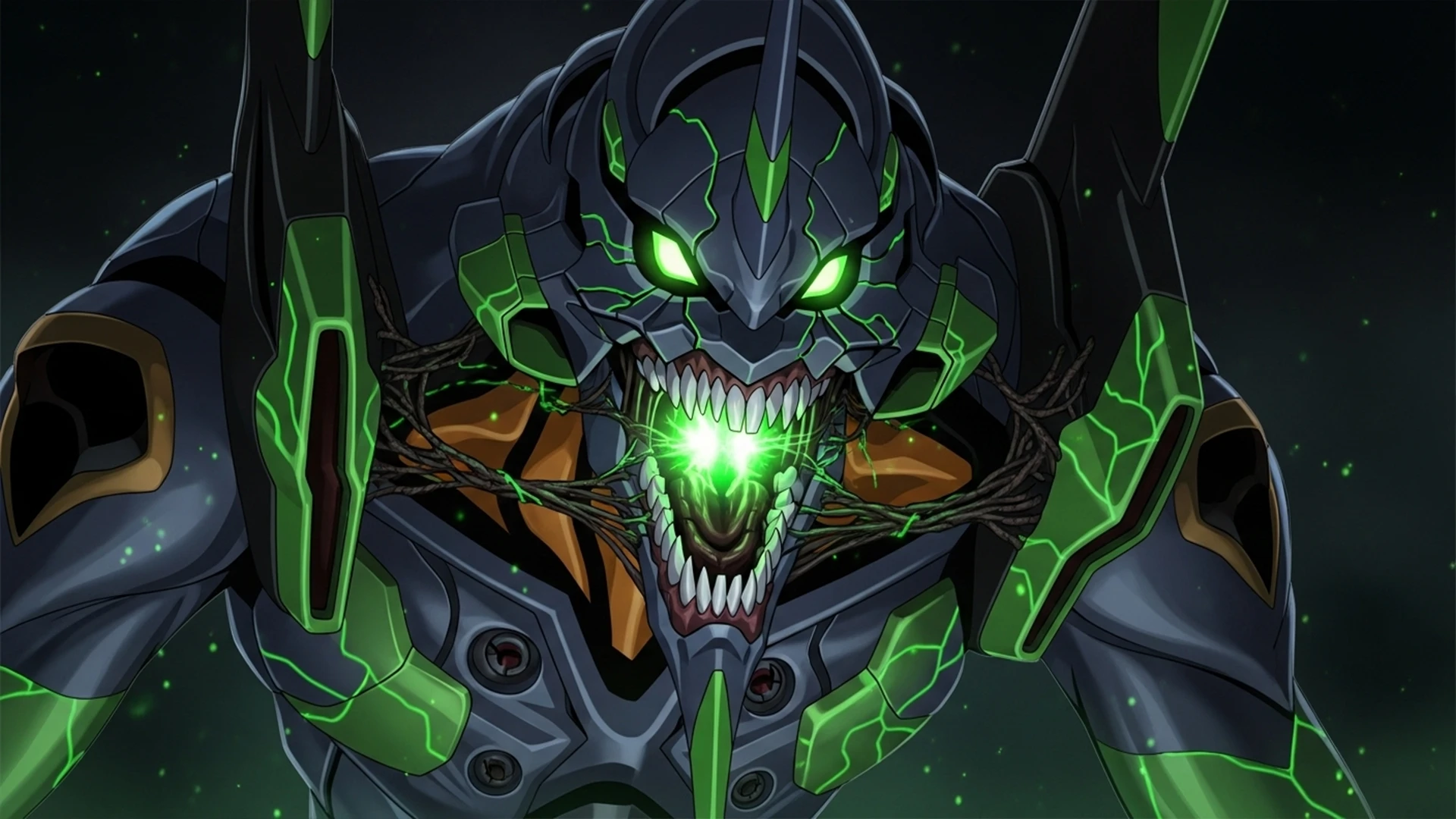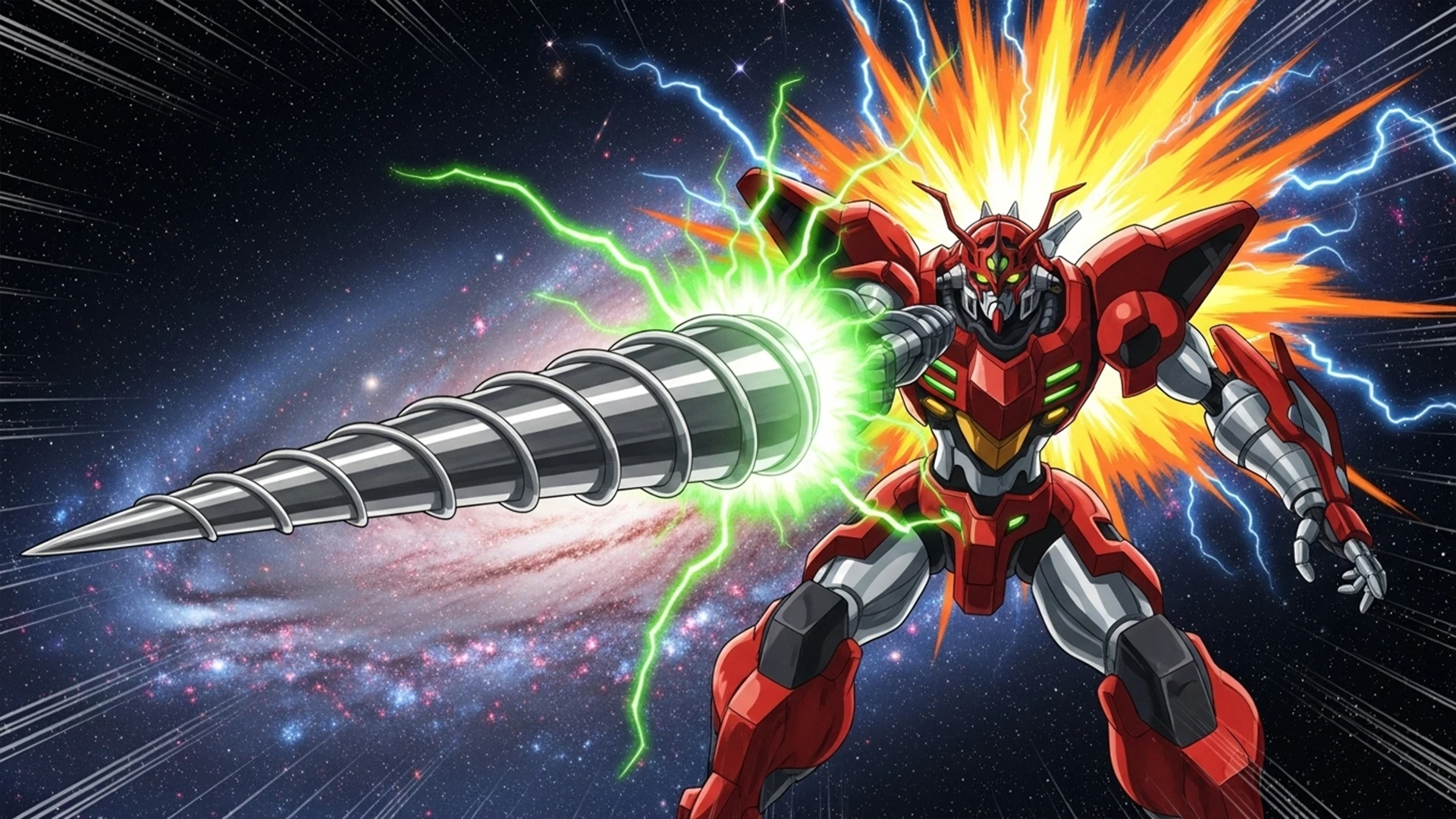
Giant robots punching giant monsters—it's one of the most enduring images of anime. But the mecha genre is far more than just a spectacle of destruction. For decades, it has served as a powerful canvas for exploring complex themes like the horrors of war, the nature of humanity, and the weight of destiny. Let's look at how the genre has evolved over the years.
The Pioneers: Super Robots vs. Real Robots
Early mecha anime was dominated by the "Super Robot" subgenre. Shows like Mazinger Z featured unique, almost god-like machines with fantastic powers fighting against monstrous "bad guys." These were classic tales of good versus evil.
Everything changed in 1979 with Mobile Suit Gundam. It pioneered the "Real Robot" subgenre, treating mecha not as superheroes, but as mass-produced tools of war. Suddenly, robots needed repairs, ran out of ammo, and were piloted by soldiers in a gritty, morally gray conflict. This shift introduced a new level of maturity and realism that would define the genre for years to come.

The Deconstruction: Mecha as Metaphor
By the 1990s, creators began using the mecha framework to explore the human psyche. The most famous example is Neon Genesis Evangelion, where the giant "Eva" units are deeply connected to the psychological trauma of their young pilots. The battles against the Angels are secondary to the internal struggles of characters like Shinji Ikari. Similarly, shows like Code Geass use their "Knightmare Frames" as tools in a complex political thriller about revolution, morality, and sacrifice.

The Spectacle: The Unstoppable Spirit
In the 2000s and beyond, some creators took the genre in a different direction: pure, unadulterated spectacle. Series like Tengen Toppa Gurren Lagann threw realism out the window in favor of ever-escalating hype and emotion. Here, the mecha are powered not by fuel, but by fighting spirit. A drill starts small, then becomes the size of a galaxy. These shows use giant robots to tell stories about the limitless potential of the human spirit.

The Future of Mecha
Today, the mecha genre is a rich tapestry of all these ideas. It can be a gritty war story, a deep psychological drama, or an explosive tale of passion. It proves that the simple concept of a giant robot is one of the most versatile and enduring storytelling tools in anime. Many of the iconic pilots from these eras are featured in our "Worlds Apart" puzzle—see if you can spot them!